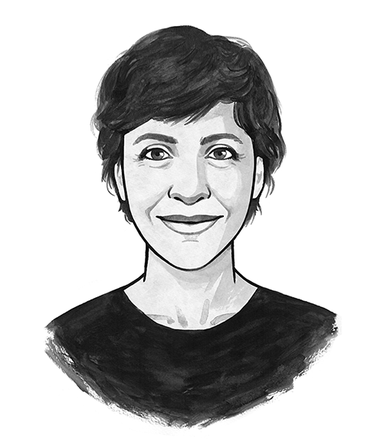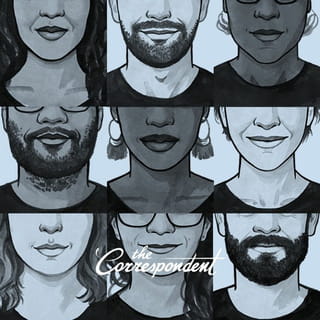
It started with a slip of the tongue.
In 1985, Vincent Felitti was running a weight loss clinic in San Diego, California, when he began to notice something strange. The treatment was successful – patients were definitely losing weight – but the physician was perplexed by the high dropout rate. Why would someone who had worked so hard suddenly let it all go?
Felitti was going through a routine set of questions one day, with a patient. Donna, 53 at the time, had lost up to 100lb before rapidly putting them back on. Felitti meant to ask: “How old were you when you first became sexually active?” Instead what came out was: “How much did you weigh when you became sexually active?”
“40lb,” Donna replied.
Felitti thought there was a mistake, so he asked again. That was when Donna revealed she had been sexually abused by her father at the age of four.
Weeks later, the doctor was with a different patient struggling to maintain her weight loss when a similar story came up. She had also been abused and was now sleep-eating.
Felitti started wondering whether he had found a link between sexual abuse and obesity and started routinely asking patients whether they had been abused. To his surprise, the number of positive answers was very high. When he found 186 patients, he asked his colleagues to help do a screening.
Our bodies were made to react quickly to the arrival of predators so we could run. If you’re in a forest and a bear approaches, stress hormones are released into the body. Your heart pumps faster ... You get ready to fight that bear or run.
In 1990, he presented his preliminary findings at a national conference on obesity in Atlanta, Georgia, where he was widely criticised. But Felitti’s work caught the attention of the Centers for Disease Control, the leading US national public health institute. Robert Anda, an epidemiologist researching the link between behaviour and cardiovascular disease, was particularly intrigued.
Anda and Felitti drafted a questionnaire they sent the clinic’s patients with questions relating to seven categories of traumatic circumstances in childhood, including physical and sexual abuse, neglect, incarceration, and whether a patient’s parent suffered from mental illness.
They called this a study of Adverse Childhood Experiences or Aces.
They found that Aces are very common: 50% of patients reported at least one, and 25% reported at least two. Among the 9,508 patients they screened, those who had experienced four or more categories of childhood exposure to trauma were twice as likely to develop heart disease compared to someone with an Aces score of zero – but other diseases were also more prevalent.

The effects of trauma on the body
Felitti and Anda’s study was groundbreaking. It’s the basis for our understanding of the effects of traumatic childhood events.
Think of the case of migrant children separated from their families in the US, or the impact of forest fires, floods, mass shootings, or domestic violence. Headlines now use the word trauma all the time, but the focus is often on mental health, with little thought given to the implications for physical health.
In the years following Felitti’s research, a variety of studies have zoomed in on the connection between childhood trauma and diseases.
Over the millennia we have developed the ability to react quickly to perceived danger. If you’re in a forest and a bear approaches, stress hormones are released into the body. Your heart pumps faster, your airways open up to let more air through, your pupils dilate. You get ready to fight that bear or run.
“But what happens when you can’t experience safety in your cave because the bear is living in the cave with you?” asks California’s surgeon general Nadine Burke Harris, a paediatrician advocating for Aces screening. Exposure to hardship can change the way our stress hormones react and push our bodies into being in fight-or-flight mode all the time.
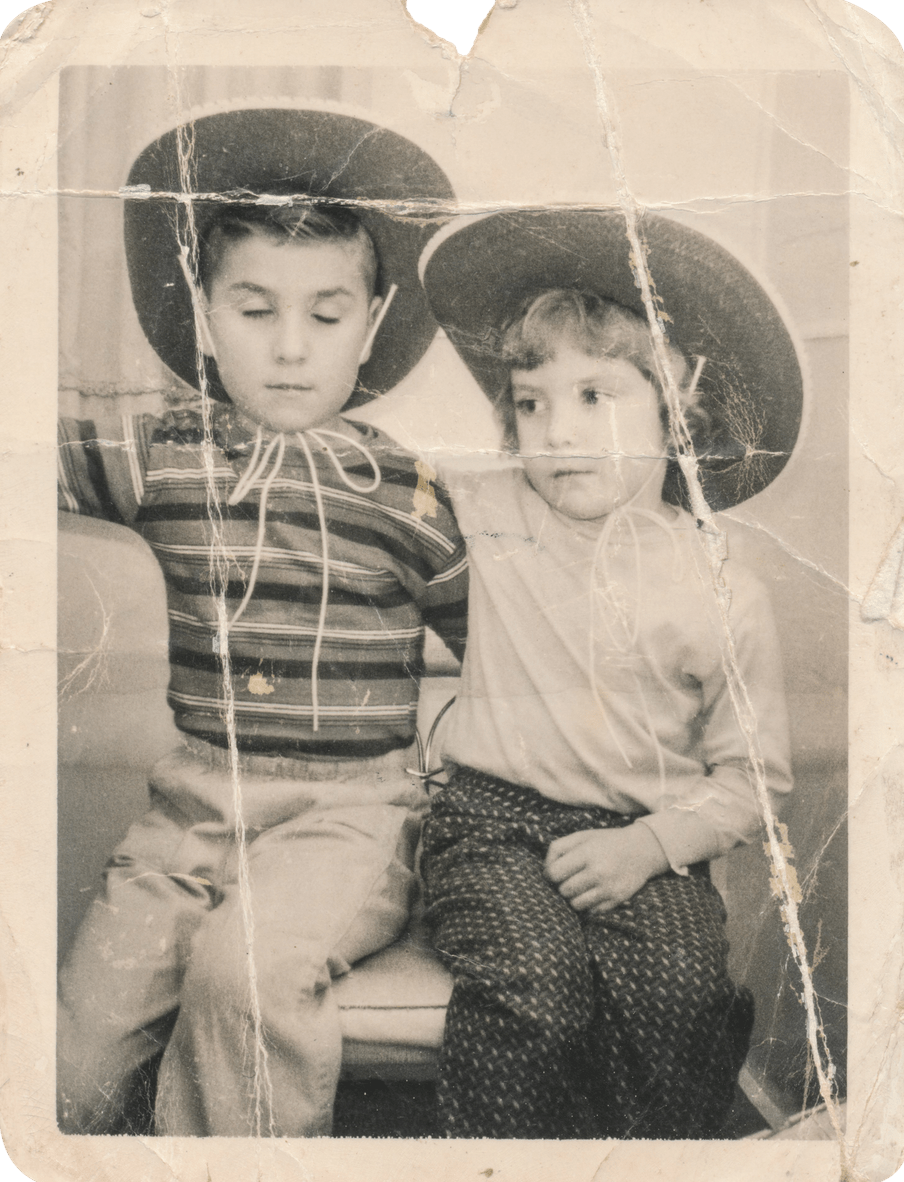
When those experiences affect us constantly from childhood, we’re later incapable of regulating our reactions to everyday life. It’s similar to post-traumatic stress disorder that soldiers get when they return home from war.
Katherine Ehrlich, assistant professor in psychology at the University of Georgia, says: “The body seems to keep score. Adverse experiences are linked to changes in physiological systems, including neuroendocrine and immune systems, and these changes may have implications for long-term physical health.”
Aces don’t just have biological effects. They can actually be transmitted from one generation to another. It is an up-and-coming branch of neuroscience called epigenetics.
The limitations of Aces research
The sample group for Felitti and Anda’s initial research was almost exclusively middle class, which has led some researchers to criticise the range of questions and the categorisation of adversity (poverty, racism or bullying were not identified as adverse conditions).
Along the same lines, there is little relevant research beyond the US and Europe, which is a similar problem because the wording and range of questions used to understand this complex issue reflect a cultural bias – a result of the location of the original research.
While the need for a more robust questionnaire has been addressed, and different versions have been drafted, existing research on the relationship between childhood adversity and biological changes in the body remains nonetheless valid.
Most researchers also can’t wait 30 years for results of poor health outcomes, so most assessments rely on questions about childhood. And of course reporting on our past can be tricky because memory can play tricks on us, but this does impact the validity of research based only on memory.
Another limitation is that the changes being measured as a result of Aces are often very small. “It is fair to call the research very suggestive, but developing,” says Stephen Boos, a paediatrician focusing on child abuse.

From theory to practice
So what can we do about Aces? How is this research applied to our everyday lives? Should paediatricians screen with the Aces questionnaire – and is that the best way they could help patients?
The medical community has given a fair amount of pushback. There have been fears of racial and socio-economic profiling associated with universal screenings.
But advocates say that Aces happen everywhere.
Burke Harris writes: “When you bring it down to the level of cells, the level of biological mechanisms, then it is about all of us. We are all equally susceptible and equally in need of help when adversity strikes. And that is what a lot of folks don’t want to hear. Some want to stand back and pretend that this is just a poor-person problem.”
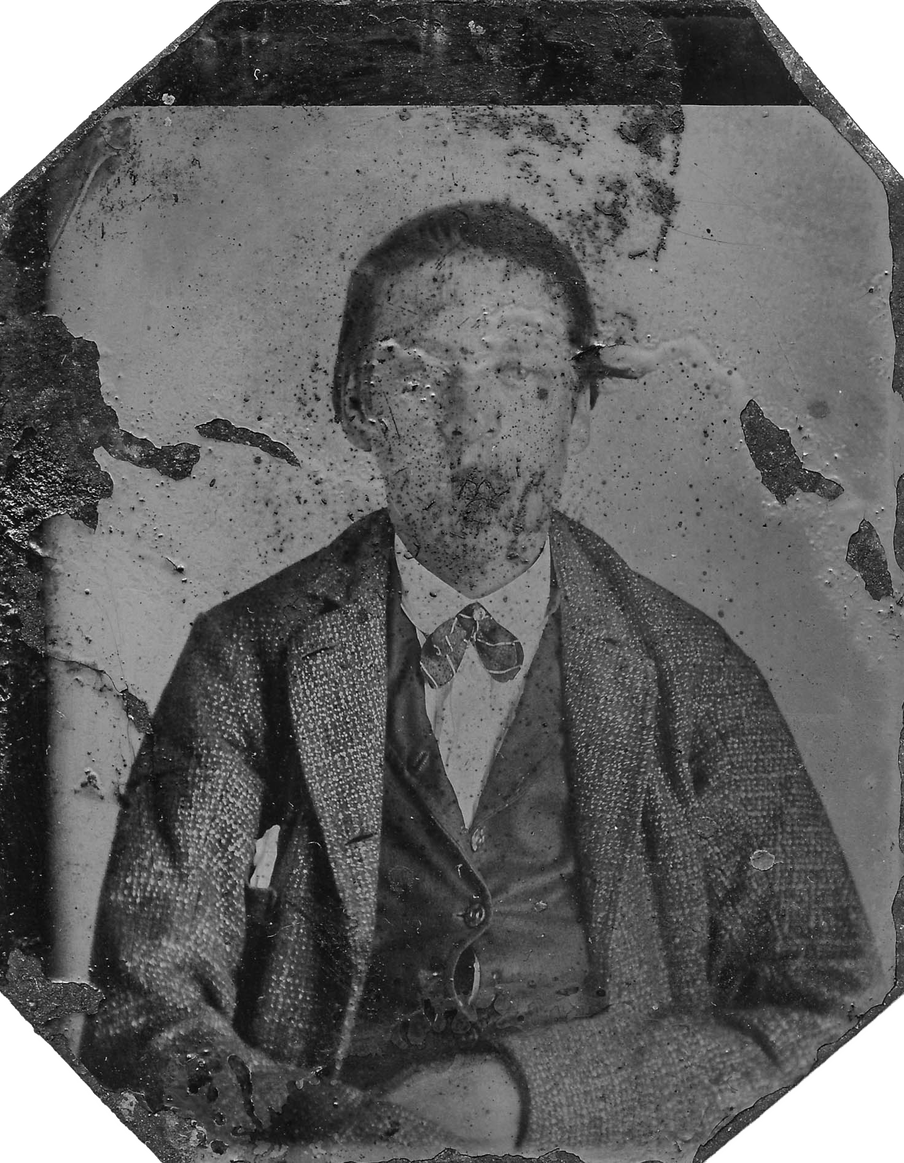
But Aces do not just affect poorer people, as Felitti and Anda’s study showed.
“Affluence is certainly not a protective factor against all harm,” says Ehrlich. “Children – even children from wealthy families – can be at risk for exposure to adversity.”
When it comes to everyday medical practice, the idea of Aces is quite hard to implement. For example, what do you do as a doctor if you find out that a child you are examining has been abused? In the absence of protocol, doctors enter a grey area where they may have to report the abuse to protective services and may not be able to do so in a sensitive way.
Boos says: “Physicians are a bit leery of screening for something, and then having nothing to do to affirmatively respond to it. This may not be a fully valid concern, but it is a natural one, particularly if you are on a time crunch.”
Burke Harris got around this problem in her own clinic by putting in place a multidisciplinary team, which included a psychologist to provide support to those who reported Aces. Her team also changed the questionnaire, adding extra factors (such as bullying and racism) and also asking patients and their carers to provide an overall score without answering yes or no to each question. This way, patients are not revealing which adverse conditions they went through and so may be less likely to hide this information.
So, can Aces be reversed?
Scientists call the presence of Aces that are unremitting and not countered by a supportive adult and a safe home “toxic stress”. High levels of toxic stress is probably what determines the biological changes that are so worrisome. But the impact of Aces depends on how well a child is buffered by their environment and their carers.
Action taken in the early years of life both counteracts adversity in those early years and develops resilience in children that will protect them from later adversity.
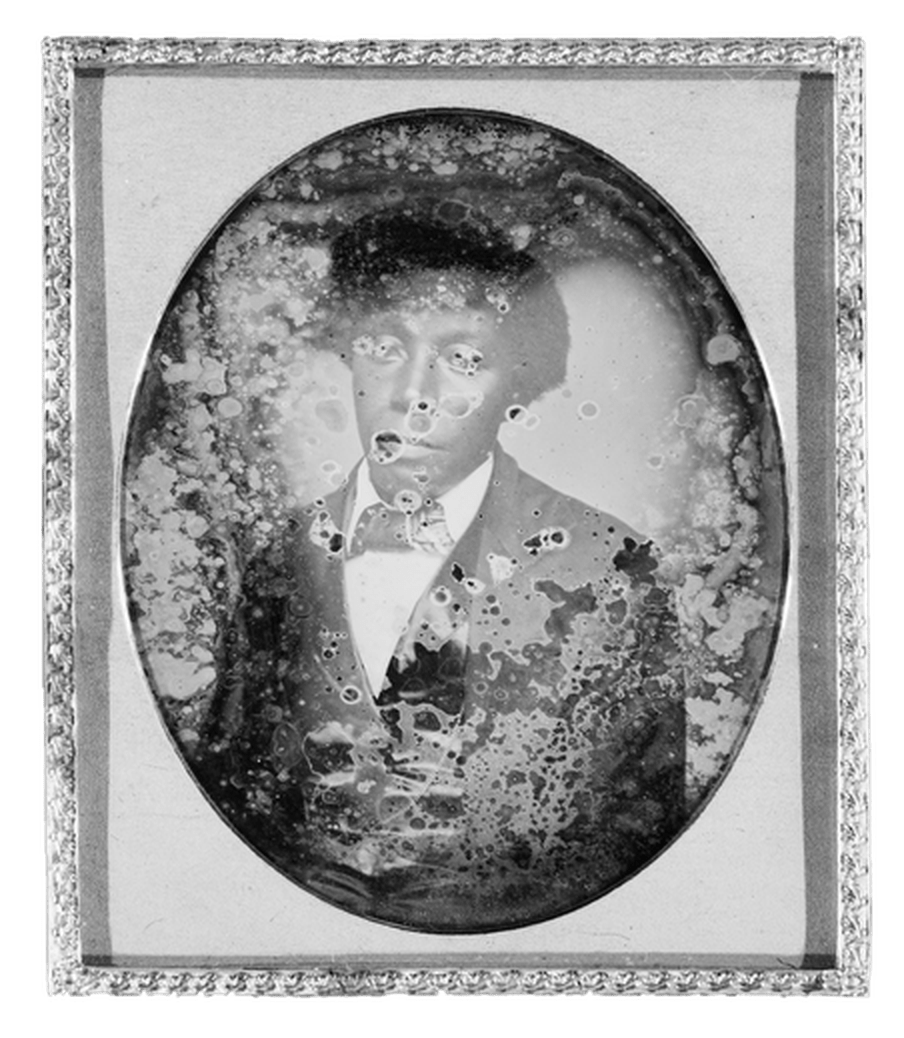
Robert Sege and Charlyn Harper Browne have written about the “health outcomes of positive experiences” or Hope, which also works with a scoring system similar to Aces.
The underlying idea is that a Hope score can decrease the impact of an Aces score, and that by building Hope factors in families we can actively mitigate Aces.
“Emphasising the importance of children and families building on their strengths and doing positive things together is something that paediatricians can do, and would enjoy doing to counter Aces," Boos explains. "This sort of counselling can benefit all families and is easily incorporated into any paediatric practice.”
The buffer becomes hugely important, not just to attenuate stress hormones but also to alleviate the associated major health issues and prevent conditions being passed from one generation to another.
Healthy traits can also be transmitted genetically. So the question is: could we potentially make everyone healthier if we ask the right questions from the start?
Thanks to member of The Correspondent, Stephen Boos, for providing insightful material, giving valuable feedback, and fact-checking the article.

